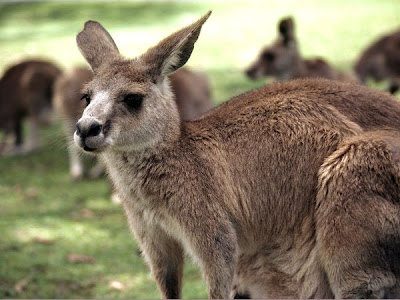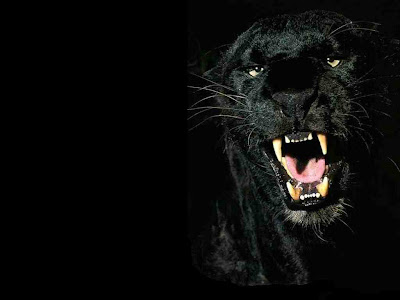
Let’s talk ceramics – which, I can assure you, my information bank on this one would fill the head of a pin. What I can do is tell you what product I’m working with to make these.
First off, I’m using low-fire Earthenware clay in white (from Runyon Pottery Supply, a Michigan company but I think most States and Countries have similar suppliers). It also comes in red and gray. I have some old red left from my DD’s days on the pottery wheel and it looks like even after all of these years they might be useable too. The clay is sitting soaking up some extra moisture and soon I’ll knead/ and wedge the reconstituted stuff.
For the under glaze colors I’m using the ones Jennifer Heynen gave us in class – simply labeled by color. I also bought some new colors to mix from the Big Ceramic Store and Runyon called “Concepts” by Duncan. They’re compatible with the clay and firing that I’m doing.
After they’re fired to the bisque and nice and hard I under glaze them and cover that with clear glaze. Fire again and voila.
Seems simple, huh? Well, I only think it is because I’ve followed Jen’s instruction and her book. I do have a daughter to refer to but she did it for fun, it wasn’t her area of study. Since I’m such a lover of books I will admit to a half a dozen on the topic but other than that I can do little but learn as I go on this one – so far I’m having a great time.
Nellie update: The stitches are still in but they removed the tube and she's finally perking up. YES! I was getting worried. Whew!
First off, I’m using low-fire Earthenware clay in white (from Runyon Pottery Supply, a Michigan company but I think most States and Countries have similar suppliers). It also comes in red and gray. I have some old red left from my DD’s days on the pottery wheel and it looks like even after all of these years they might be useable too. The clay is sitting soaking up some extra moisture and soon I’ll knead/ and wedge the reconstituted stuff.
For the under glaze colors I’m using the ones Jennifer Heynen gave us in class – simply labeled by color. I also bought some new colors to mix from the Big Ceramic Store and Runyon called “Concepts” by Duncan. They’re compatible with the clay and firing that I’m doing.
After they’re fired to the bisque and nice and hard I under glaze them and cover that with clear glaze. Fire again and voila.
Seems simple, huh? Well, I only think it is because I’ve followed Jen’s instruction and her book. I do have a daughter to refer to but she did it for fun, it wasn’t her area of study. Since I’m such a lover of books I will admit to a half a dozen on the topic but other than that I can do little but learn as I go on this one – so far I’m having a great time.
Nellie update: The stitches are still in but they removed the tube and she's finally perking up. YES! I was getting worried. Whew!
















































